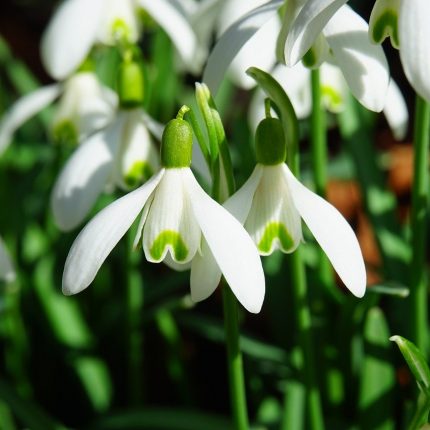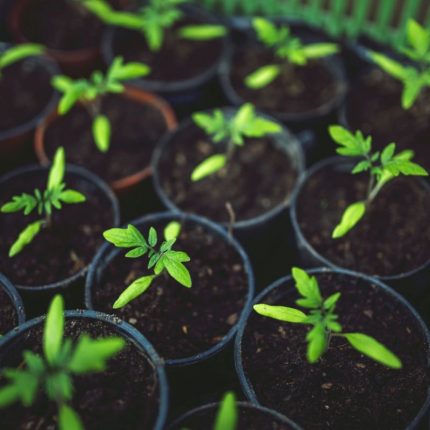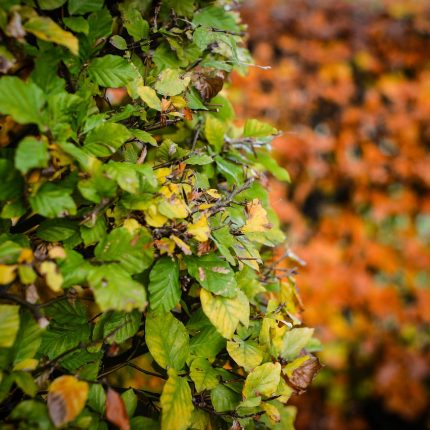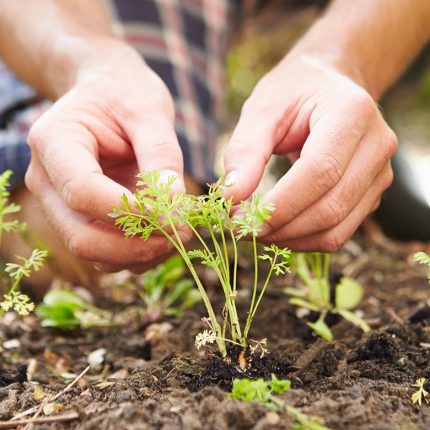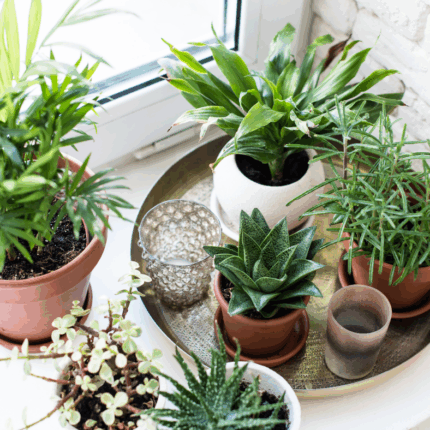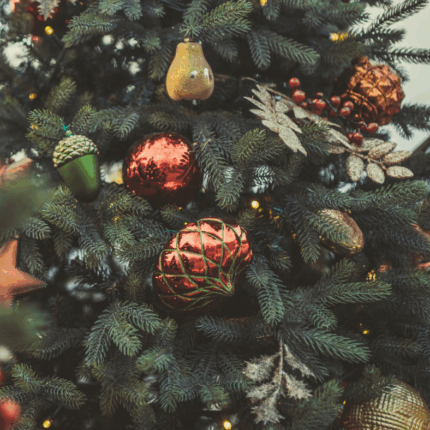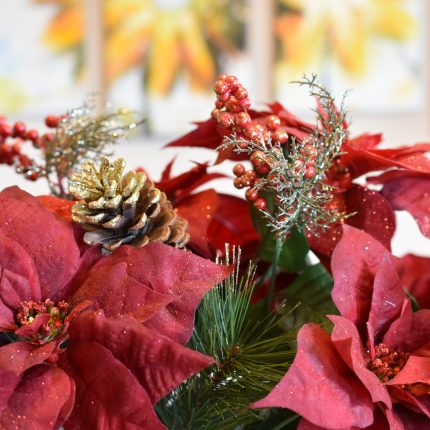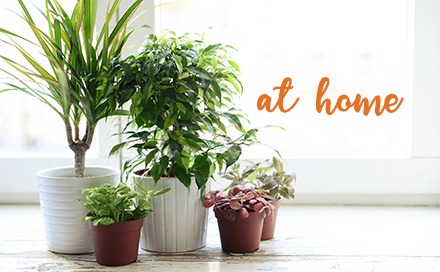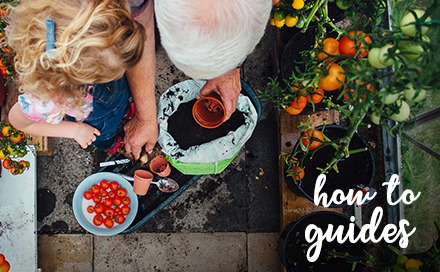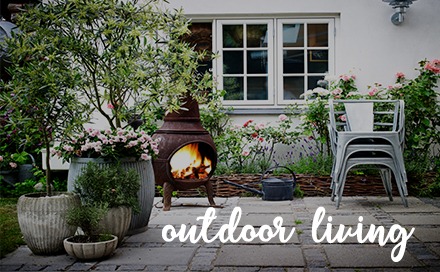Potty about Container Gardening
You don’t need acres of land to be a keen gardener. For me, being a gardener is about having love or interest in plants and using whatever outdoor space you have to its best potential.
For many people, particularly anyone living in a town or city, this space could be very small. It might even just be made up of a few containers and pots around a patio or balcony.
This doesn’t mean you can’t still be creative, have fun and have an impressive display of plants. And with a little forward planning, it doesn’t need to limit what you can grow either.
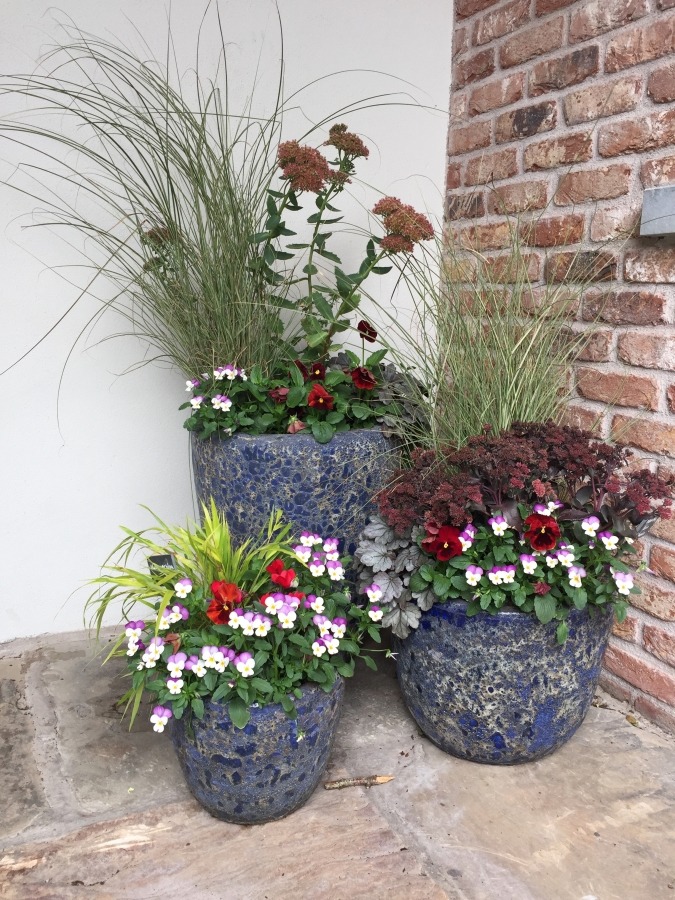
A few container gardening tips I like to share with customers who come into CountryLife are:
- When buying plants for container gardening, don’t just focus on the size of the plant in your hands in the shop. Think of the size of the plant when it is mature
- Secondly,
think what type of container it will need to grow comfortably. Sometimes a container or pot may look monstrous and excessive when you first put a plant in it. But you will be surprised just how quickly it will fill it up - Buy frost proof containers if you have the choice, as you know they will withstand Irish winters. If you are investing money in some nice decorative container you don’t want to come out some morning in winter to a broken pot
- Move more delicate containers or pots to more sheltered spots in the garden during the winter. This offers them a bit more protection
- Think about drainage for your plants. Make sure the container you are using has adequate drainage holes. If it doesn’t, make sure to add some extra to ensure water can freely drain away from the roots of the plant and won’t pool up around them
- Put some rubble or stones in the bottom of your container before you add the soil as this will help to present the soil from blocking the drainage holes. You can also mix Perlite compost improver through your compost to make your pot lighter and improve aeration. Mix 1/3 perlite to 2/3 compost.
- Use a good quality multipurpose compost for containers. It works brilliantly for offering the plants what they need to grow successfully and it has a water retention gel already included.
- Feed your plant every two weeks or so they have a regular supply of all the different nutrients they need to grow throughout the summer months. I use a mixture of a liquid feed for containers with flowering plants and then a slow release pellet feed for larger shrubs and plants
- Fill your containers with plants with similar requirements. Group together plants that will be happy to share the same amount of water, heat, sunlight etc
- Balance the size of the plants you use and ensure that the tallest ones aren’t towering over the smaller ones, literally leaving them in the shade
- Don’t be afraid to mix things up a little. When plants start to fade, don’t be afraid to pop another in to replace it. That way, your containers look better for lots longer. Enjoy!
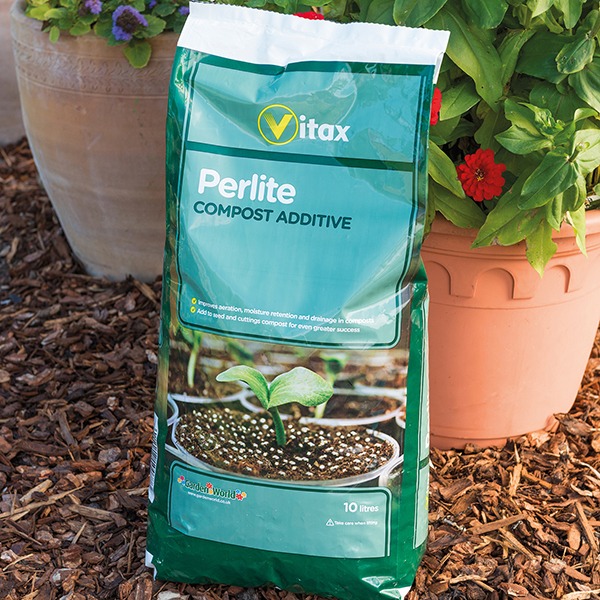
compost quality.

